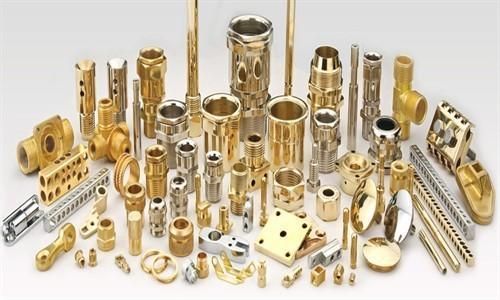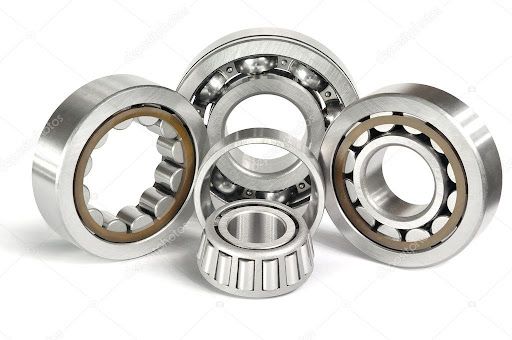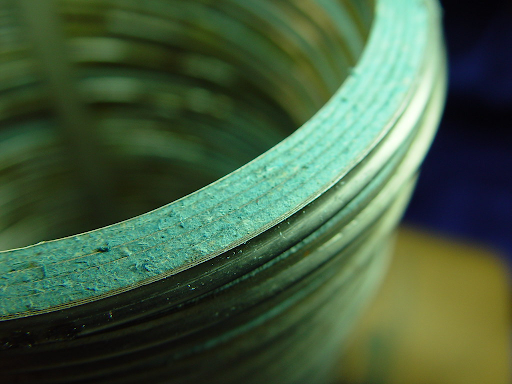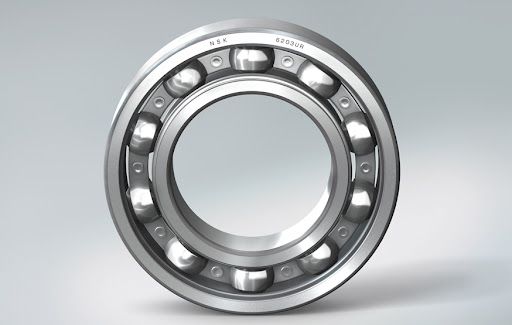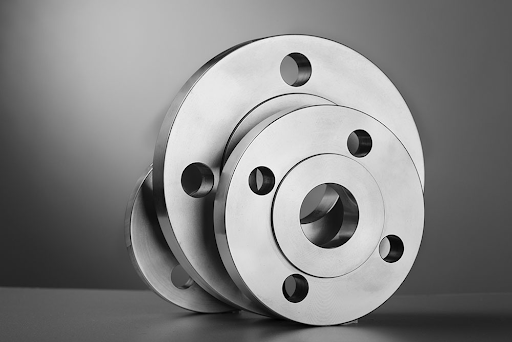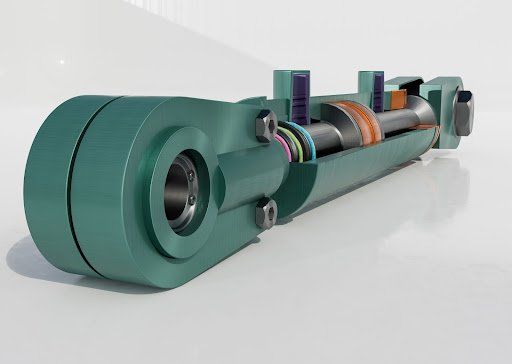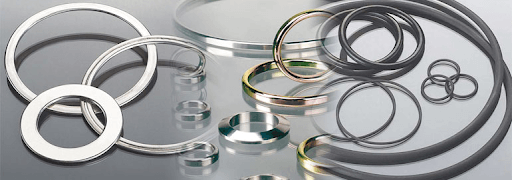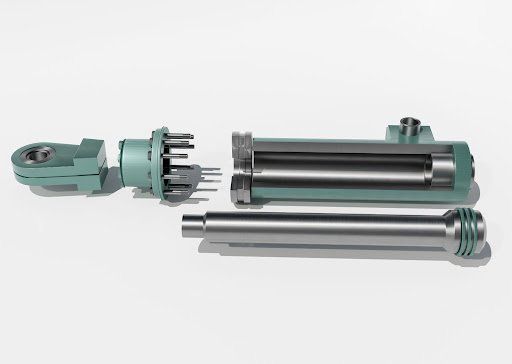Signs That Your Hydraulic Hose Needs Replacing
Signs That Your Hydraulic Hose Needs Replacing
As we’ve covered before, there is no simple way to determine how long your hydraulic hose is going to last – there are just too many variables that could influence its lifespan. The general rule is that hoses and fittings should be replaced every 1-2 years but that is highly dependent on the quality of the products and under what conditions they are being used. The shelf life of a rubber hose is around ten years (check the manufacturing date on the lay-line) but even that is negotiable when you take into account how the hose has been stored and what kind of environment it has been exposed to.
The only way to truly keep track is by following a preventative schedule and keeping a logbook of all your replacements and equipment failures. Over time, you’ll begin to see a trend as to how long your hoses last in your specific environment, allowing you to plan better for the future. In the meantime, however, there are some very clear warning signs that you can keep a look out for, letting you know that it’s time to replace those hoses before an accident occurs.
If you notice any of the following conditions during your regular checks and maintenance, you should plan to replace your hose assembly as soon as possible:
- Crushed hoses – these can lead to a dangerous pressure build-up.
- Oil leaks around the fitting or hose – this might require the whole assembly to be replaced. Contact a professional to get their opinion.
- Exposed wire and surface damage such as nicks or scuffs – the result of significant abrasion.
- Kinks – often the result of incorrect routing. If left, kinks can cause irreparable damage and pressure build-up but if caught early, you may be able to re-route.
- Twists – another installation or routing error. The hose may need to be swivelled and reconnected if there is not already significant damage.
- Cracked fittings – these should be replaced immediately, particularly if red rust is present. The hose may also need to be replaced if the corrosion is extensive.
These early warning signs, if acted on timeously, could help extend the service life of your hose and the entire assembly, so keep up with regular inspections and train your staff on what to look out for. When you need to repair or replace any parts,
contact Bearing Centre for trusted service and supplies. Remember, a new hose assembly is a lot more cost effective than the results of a dangerous failure.

